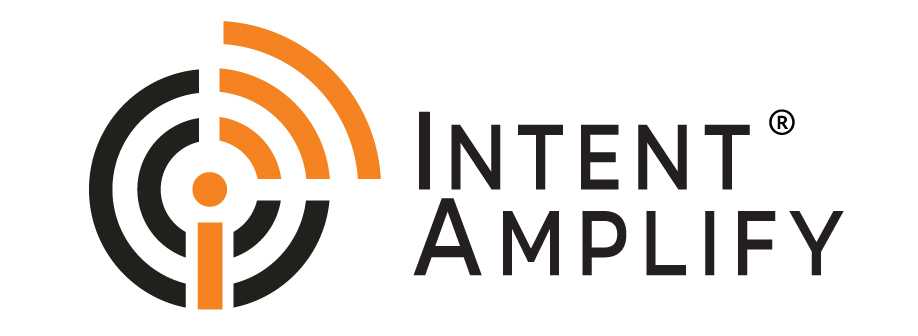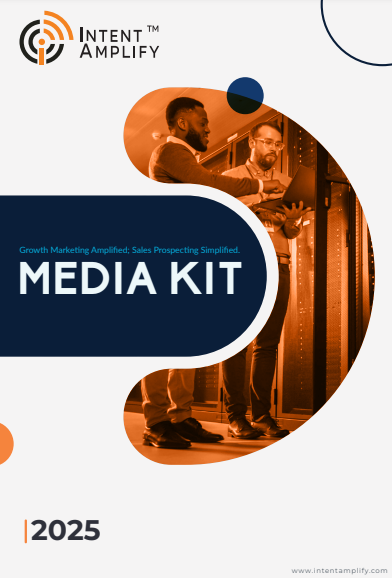
Account-Based Marketing in 2025: A Complete B2B Campaign Playbook
- Last updated on: May 1, 2023
Account-based marketing (ABM) is still one of the best B2B marketing tactics in 2025. It excels based on deep personalization and focused outreach, enabling sales and marketing teams to win high-value accounts by directly addressing their pain points and business objectives.
As the B2B sales journey lengthens and becomes more complicated, ABM prevents brands from spraying generic outreach with campaigns personal to every high-priority account. Nowadays, it’s not just a strategy anymore – it’s a core component of B2B go-to-market strategies in the modern era, supported by leading vendors, research firms, and marketers. Let’s go through 11 revised, field-proven ABM strategies that generate engagement, conversations, and conversions in 2025.
1. Personalize Offers Based on Actual Account Intelligence
Generic outreach is no longer enough. High-converting ABM begins with offers that are personalized to specific accounts. That involves moving beyond name-dropping and into solution-based personalization – customized reports, product demos, or case studies tailored to each account’s pain points.
Rather than mass email blasts, consider micro-campaigns. Pull insights with tools such as 6sense, Demandbase, or ZoomInfo about what point your target account is at, and craft customized offers that speak to where they’re focused at the moment. The reward? More engagement and a faster sales cycle.
2. Book Meetings Faster with Thoughtful Offers
Webinars and white papers are still go-to content, but in ABM, they’re powerful because they’re contextually relevant. A security software company, for instance, might provide a complimentary cybersecurity assessment or a real-time industry benchmark report. These lead magnets not only teach but invite C-level meetings.
Customize the format according to the persona. Downloadable reports might do it for mid-level managers. For executives, VIP invitations to industry briefings or interactive workshops create more traction.
3. Use Retargeting to Remain Top of Mind
ABM is not a one-time thing and does not stop after the initial touchpoint. Retargeting reminds people about your brand throughout the buyer’s purchasing process. Whether it’s programmatic display advertising, LinkedIn Sponsored Content, or connected TV (CTV), your brand must keep reappearing.
Platforms such as Demandbase and Madison Logic now enable you to execute account-level advertising on firmographic and behavioral data. Your ads are then only displayed to companies that are important, conserving budget but enhancing ROI.
A Forrester 2025 report explains that ABM campaigns that utilized retargeting experienced a 28% greater engagement rate than non-retargeting campaigns.
4. Personalize Website Experience for Each Account
Your site is frequently the initial location where purchasers consider your credibility. Account-based approaches allow you to provide a unique experience per visitor through dynamic content blocks, firm-specific messaging, or customized CTAs.
Platforms such as Mutiny or PathFactory assist marketers in showing personalized landing pages depending on the visitor’s IP, firmographics, or stage in the journey. This creates each interaction meaningful and enhances conversion potential. Just be sure personalization comes across naturally using a visitor’s company name, rather than their information, and keep it pertinent without being intrusive.
5. Leverage Strategic Territory Planning to Boost Sales Efficiency
Streamlining how you route reps to accounts can have a major boost in engagement. Rather than fixed geography, think about social proximity — clustering reps with accounts where they already have established relationships, alumni ties, or overlapping LinkedIn networks.
In 2025, artificial intelligence-powered territory planning software, such as Xactly AlignStar, enables companies to plan better and pair reps with accounts they’re most likely to impact. Territory planning is not about coverage — it’s about pairing the right person for each conversation.
6. Bring Back Direct Mail for Executive Outreach
Yes, direct mail is back — and it’s beating digital channels for executive engagement. At a time when inboxes are clogged, a thoughtful piece of physical mail rises above.
From branded, personalized presents to handwritten letters, innovative direct mail programs re-engage brands with top-level decision-makers. When coupled with digital follow-up (email or LinkedIn), they can boost appointment rates significantly. According to SiriusDecisions, direct mail increases response rates by up to 30% when paired with personalized digital outreach.
7. Use Social Listening to Learn What Accounts Care About
Want your messaging to click instantly? Track what your target accounts are posting, sharing, and reacting to online. Social listening tools like Sprout Social, Meltwater, or LinkedIn Sales Navigator can reveal emerging needs or leadership changes.
Create Google Alerts for company news or job postings, and leverage them to start timely, relevant discussions. The closer your message aligns with their immediate needs, the better chance you have of grabbing their attention. In 2025, B2B buyers will expect brands to know them before the first call, not the other way around.
8. Create Role-Based Contact Lists, Not Titles
It is less difficult to contact the right individual at the right moment when your list is categorized by role rather than job title. For instance, “IT Infrastructure Manager” is not always an official title, but you can locate the individual responsible by looking at functional responsibilities.
Reachforce, LeadIQ, and Televerde are vendors that provide role-based contact intelligence that’s frequently confirmed in real-time. Enriched clean data enables ABM teams to execute targeted campaigns that don’t get bounced or rejected. Remind yourself: Personalization without valid contacts is merely hopeful marketing.
9. Purchase High-Intent Leads from Relevant Sources
Content syndication remains a large part of ABM. However, now top publishers enable you to filter on company name, job title, industry, or revenue, rather than merely title or geography.
Nets such as NetLine and Integrate now provide account-filtered content syndication, providing you with access to leads that fit your ICP (ideal customer profile) with precision. Sure, the cost-per-lead is greater, but the sales-qualified lead ratio makes the investment worth it. Target quality over quantity — that’s the ABM mantra.
10. Launch Executive-Only Campaigns with C-Level Precision
C-level leaders have different priorities — strategic direction, ROI, and risk mitigation. Your messaging must speak directly to these concerns. A successful C-suite ABM campaign starts with executive-specific research, backed by peer data, and delivered with a high-value offer.
Instead of requesting time initially, provide valuable insights: “We benchmarked security vulnerabilities in 100 healthcare companies similar to yours — this is what we discovered.”
Use a tiered team to structure your outreach: marketing sends the asset, inside sales follows up, and VPs connect when the conversation gets deeper. C-level outreach is a team sport, not an email blast.
11. Leverage Internal Connections to Penetrate Target Accounts
Your strongest intro might be sitting two desks over. Sales Navigator’s TeamLink is used to discover who in your organization has a connection with someone in a target account. Engaging these internal connections tends to create warmer intros than cold calls.
Many 2025 ABM programs incorporate “relationship mapping” workshops every quarter to map the dots between workers and strategic accounts. Relationships open doors that marketing can’t.
Bring ABM Into the Modern Era with Intent Amplify™
The following ABM strategies are not only best practices, they’re winning playbooks from today’s most competitive B2B teams. Whether you’re personalizing CX, retargeting by intent, or optimizing outreach by role, the purpose is clarity, relevance, and timing.
With Intent Amplify, you can confirm your target account data, create customized outreach at scale, and track engagement by channel, all from a single platform. In 2025, winning at ABM isn’t a matter of doing more; it’s a matter of doing what counts, to the right account, at the right moment.
FAQs
Q1. What is ABM in B2B marketing?
ABM, or Account-Based Marketing, is a strategic B2B approach that focuses on identifying and targeting high-value accounts with personalized marketing and sales efforts. Instead of casting a wide net, ABM aligns campaigns specifically to each account’s needs, challenges, and decision-makers to drive better engagement and conversions.
Q2. Why is ABM important in 2025?
In 2025, ABM is critical because B2B buying journeys are longer and involve more stakeholders. ABM helps brands stand out by delivering relevant, account-specific content and offers. It also improves alignment between marketing and sales, resulting in more efficient pipeline growth and higher ROI.
Q3. How do you start an ABM campaign?
To start an ABM campaign, first identify your ideal target accounts based on firmographics, intent signals, and revenue potential. Then, build role-based contact lists, align sales and marketing efforts, create personalized offers and messaging, and track engagement across channels like email, ads, and direct mail.
Q4. What are some effective ABM tactics in 2025?
Top ABM tactics in 2025 include personalized content offers, executive-level direct mail, account-based retargeting, custom landing pages, and role-specific outreach. Platforms like 6sense, Demandbase, and LinkedIn Sales Navigator are key tools for execution.
Q5. What’s the difference between ABM and traditional marketing?
Traditional marketing targets broad audiences, aiming for volume-based lead generation. ABM, on the other hand, focuses on a select list of high-value accounts with personalized messaging and tailored outreach, prioritizing quality over quantity.




